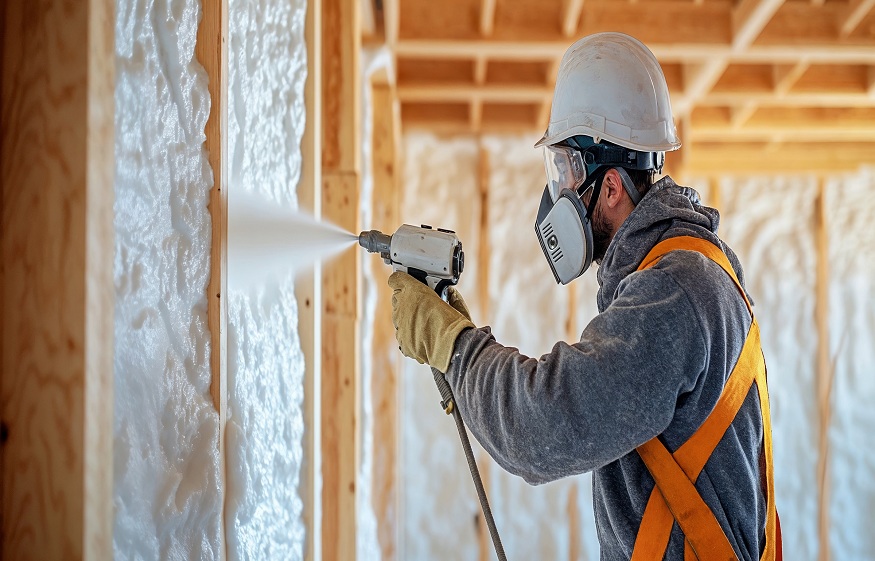Expanded polystyrene (EPS) foam products like coffee cups, takeout containers and packing materials have been daily staples for decades. Yet troubles loom for EPS linked to its enduring environmental impacts once discarded. This stubborn foam clutter clogs up landfills, resists recycling, leaches hazardous additives and harms wildlife through ingestion when littered.Not so fast! According to the experts over at Epsilyte, advances in biodegradable EPS formulations provide a reason for optimism that foam can remain prevalent in more eco-conscious forms.
What Makes EPS Foam More Eco-Friendly?
Traditional EPS contains long-lasting polymer chains, meaning microorganisms cannot readily break it down into benign byproducts like water and CO2. Biodegradable EPS contains special additives allowing bacteria, fungi and algae to gradually consume foam by severing molecular bonds linking polystyrene monomers until only bioavailable components remain.
Additives like vegetable oils, starch, lignin or other organic matter make EPS more digestible through promoting microbial enzymatic reactions. Light, airflow, moisture and heat in landfills, soil or water accelerate biodegrading. Using renewable or recycled inputs in manufacturing further diminishes the ecological effects of biodegradable EPS versus 100% petrochemical-derived foam.
Benefits Beyond Biodegrading
Biodegradable EPS offers perks like:
- Reduced waste volume eases landfill strains.
- Lower risk of wildlife harm from ingestion.
- Enables composting options for unused foam.
- Cuts microplastic pollution when litter enters ecosystems.
- Smaller carbon footprint by partial bio-based content.
- Remains recyclable like regular EPS.
So products keep protective qualities without environmental tradeoffs.
Applications Abound
As technologies improve to balance effective biodegradability with retaining desirable qualities like insulation capacity, rigidity and cushioning, usages for eco-foam proliferate. Industries utilize biodegradable EPS in familiar forms:
- Food containers and cups.
- Coolers keeping goods chilled or frozen.
- Cushioning fragile items like electronics.
- Insulating building shells and refrigerated vehicles.
- Void fillers protecting shipped packages.
- Shopping cart liners preventing item damage.
- Floats allowing water passage for flood control.
The applications seem endless for biodegradable EPS with technology overcoming tradeoffs that once limited its feasibility.
Parting Thoughts
Rather than force-fitting petroleum plastics like EPS into circular economic models, introducing biodegradability transforms this once-notorious foam into an ecologically innocuous material. As biodegradable EPS matures to match conventional foam traits while reliably decomposing into benign residues, it makes the case for it to remain a packing, food service and insulation staple. The quest continues for striking the right additive recipes and process refinements, but the ingredients are there for foam’s sustainable future through jeopardy-free breakdown. The days now look brighter for habitats to stop drowning in white crystals as innovations enable us to finally bid goodbye to environmentally troublesome EPS and extend a welcoming hello to eco-foam instead.
Conclusion
The environmental troubles posed by persistent and accumulating EPS foam motivate the movement towards ecologically innocuous biodegradable alternatives. With innovations promoting affordable, effective and safe foam that reliably breaks down after use instead of persisting near-permanently, excuses fade for tolerating the status quo of untamed EPS waste. The technology exists for foam products that serve current needs yet respect planetary boundaries; we must utilize it if improving collective welfare remains the goal.
There is no time left to waste on materials like EPS that wash up on once-pristine habitats and overwhelm dumps but no longer benefit anyone. The EPS legacy teaches that even pure intentions get clouded when environmental sustainability lacks incorporation into designs from their conception. Phasing out harm-adding heritage materials in favor of safe, circular and decomposing options like biodegradable EPS means the message is clear – there are no more excuses for the inexcusable when it comes to plastics.




